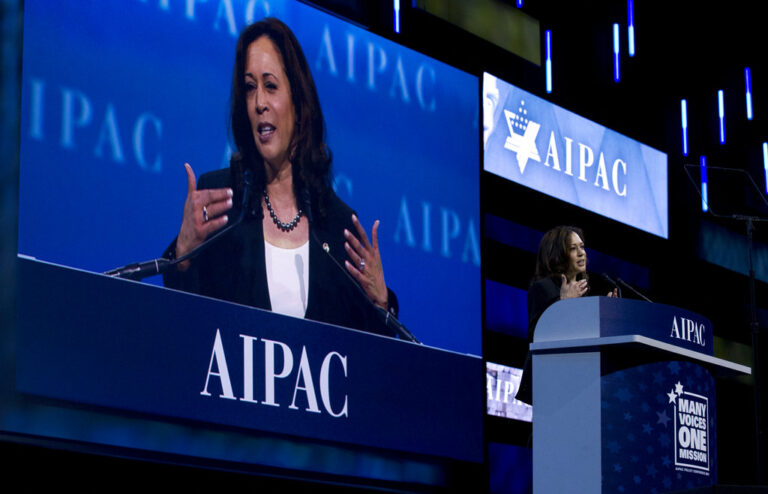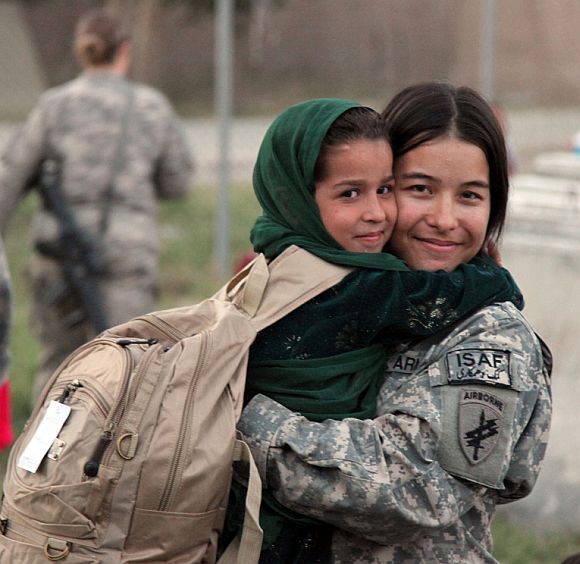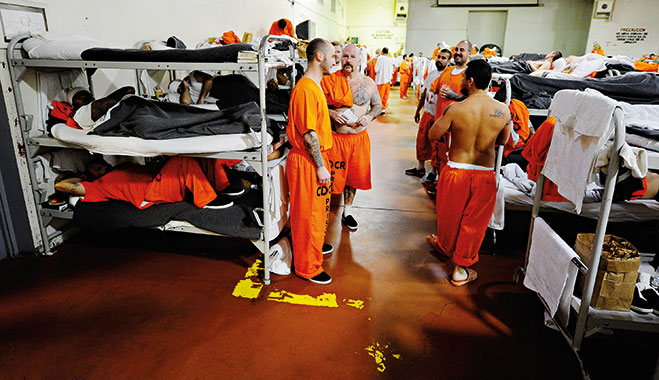The trajectory of the Democratic primary has changed dramatically in the span of a few weeks. After humiliating losses in Iowa and New Hampshire, former Vice President Joe Biden’s huge win in the South Carolina primary led to a surge of victories in the “Super Tuesday” primaries. With no feasible path to victory, Vermont Senator Bernie Sanders suspended his campaign on April 8, leaving Joe Biden as the presumptive Democratic nominee. These turn of events bring into further question Iowa and New Hampshire’s roles as first-in-the-nation states for the primary. If Pete Buttigieg, Amy Klobuchar, and Micheal Bloomberg did not drop out and endorse Joe Biden, they might have continued to split the vote and lead to a contested convention. This was one of the many flaws with the primary process I had talked about in a previous article. Now, I will propose a wide-sweeping reform of the primary that hopefully solves these problems and guarantees a party’s nominee has the support of a majority of party voters.
The first reform in my proposal is to give the party officials at the federal and state level more control over the selection process. While this may seem very controversial– given the history of the “smoke-filled rooms” system, it should be noted that in many democracies in Europe and Asia, it is often the norm that party nominees are appointed. Party elites either choose their nominees outright, or the system is usually closed off to non-party members. This guarantees nominees represent the views of their party and mitigates contentious primary fights.
However, most of these countries have a parliamentary system with multiple political parties. The United States only has the Democratic and Republican parties which in reality are two large coalitions with multiple viewpoints in each party. Because of this, voting in the primaries of each respective party is the only way voters can choose a candidate that represents their specific ideology within the party.
Political scientists like Elaine Kamarck of the Brookings Institution have proposed the concept of “peer review”. Under this concept, election officials like governors and members of Congress would give their input on the candidates running for their parties nomination and ensure the candidates have the experience and qualifications necessary to be president. This could be in the form of a certain number of endorsements required to be on the debate stage or to be on the ballot.
In my proposal, this would be enacted through a large “caucus” of the party’s elected officials including senators, representatives, governors and even state legislators. Up to five candidates would receive an official endorsement from the party based on a specific threshold of support (say 20 percent). This can ensure the factions of a party have a candidate that represents them. The selected candidates would get automatic ballot access and a spot on the debate stage. This would be the first part of the primary and would take place sometime in April of the election year. The second part of the primary would be staggered elections where voters who haven chosen to align with a specific party vote on their party’s candidates. This brings us to another criticized aspect of the primary process: the calendar cycle.
Iowa and New Hampshire are not very representative of the demographics of the Democratic party or the nation as a whole. People of color are roughly 40 percent of the Democratic party, yet about 90 percent of the people in both Iowa and New Hampshire are white. In addition, states at the end of the primary calendar often have little say on who the nominee is as usually enough candidates have dropped out to make the presumptive nominee obvious. A nationwide primary is often proposed as a solution to this. Everyone would have the chance to vote at the same time and it would prevent media narratives from affecting the course of the primary as it would all take place all in one day. However, this would make the primary prohibitively expensive for candidates with a small amount of cash on hand and would benefit candidates with high name recognition. Candidates such as Barack Obama or Bernie Sanders might not have broken out into the spotlight under this system.
FiveThirtyEight used a program to reorder the primary calendar based on the states that most represented the demographics of the Democratic Party. Illinois was found to be the most representative state by race and education, thus it would go first if the Democratic primary was based on this system. With a population of about 12.7 million, Illinois would still run into the issues of being too big for lesser-known candidates. To solve these issues, I had designed a similar program but instead of individual states, it measures groups of states.
My program randomly sorts the states and territories into six groups in such a way that each group is roughly representative of the nation as a whole by race and college education. The combined population of the first group of states would be about 1 percent of the population, small enough for lesser-known candidates to make a name for themselves. Each successive group of states’ combined population would be about 5 percent, 10 percent, 20 percent, 30 percent, and 34 percent respectively. Under my system, Alaska, Delaware, Rhode Island, and Wyoming would all go first. Together, they are about 1% of the population and are 68.54 percent White, 10.42 percent Black, 3.97 percent Asian, 11.13 percent Hispanic, and 30.74 percent college-educated. While not perfectly matched with national demographics, it’s as close as possible while still keeping a population small enough that campaign expenses would not be prohibitive to candidates with low name recognition. How the rest of the states are grouped can be found here.
These primaries would occur every two weeks and span from May to July. Actual voting would be done through ranked-choice voting (RCV). Recently used in the Alaska Democratic primary, voters would rank the list of candidates in the order they like on their ballot. The first-choice candidates who do not pass the 15 percent threshold required to gain delegates are eliminated. Their votes are then allocated to their voters’ second-choice candidates. This goes on until the remaining candidates are all eligible to receive delegates. This keeps the reallocating aspect of caucuses while having the ease of access primary elections bring.
The candidate with the majority of delegates will be nominated at the party convention in August. If by chance, the no candidate has a majority of delegates, using the information provided by the RCV results, delegates will be automatically reallocated to second and third choices of the voters until a candidate gets a majority. No superdelegates needed.
Because the primaries would still be staggered, media narratives could still change the trajectory of the race. RCV also has several problems of its own. Nevertheless, perfect should not be the enemy of good. Every voting system will have its flaws and problems. What matters is if the new system is an improvement of the old one. While this process does not require an act of Congress to enact, it will require some states to change their laws and they are largely the ones responsible for running the primaries. Iowa and New Hampshire notoriously have laws in their books mandating they go first. It will require both the Democratic National Committee and Republican National Committee to step up and pressure states to change their laws. This can involve penalizing a state’s delegate count if they refuse to change their laws as it was done in 2008 byboth parties. Most importantly, it is up to us to push our elected officials to enact the necessary reforms to truly make a primary system that represents voters everywhere in the United States.



